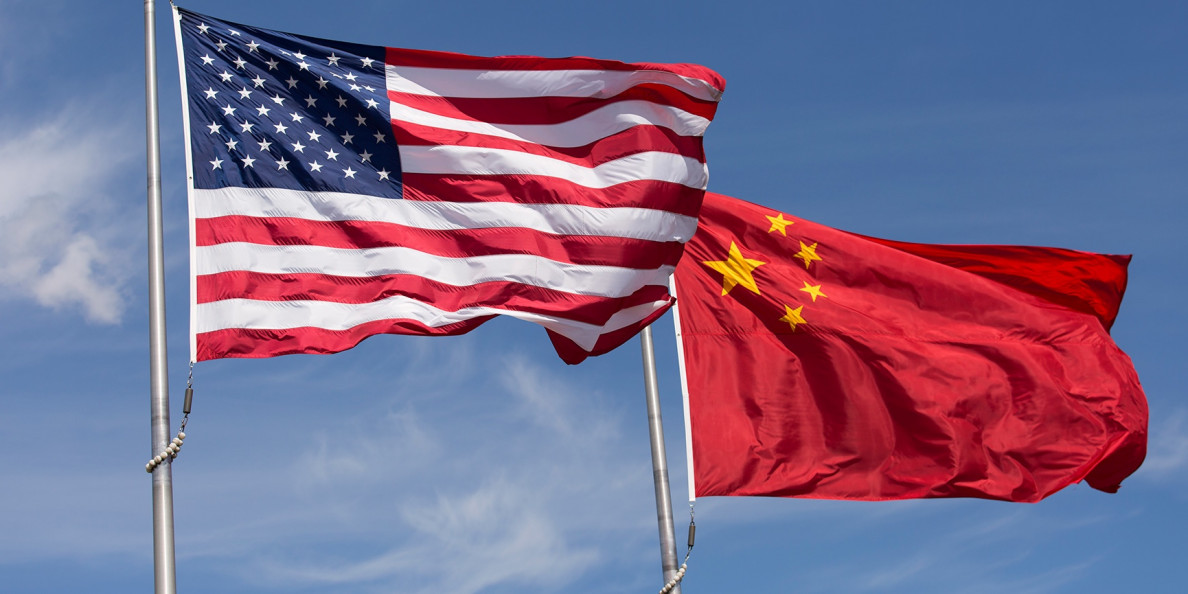On January 13, the U.S. Customs and Border Protection issued a Withhold Release Order against cotton products and tomato products produced in China’s Xinjiang Uyghur Autonomous Region. This ban extends from Xinjiang Production and Construction Corps (XPCC) to Xinjiang Uyghur Autonomous Region, and the ban also applies to products processed or manufactured in third countries, CBP officials told a news briefing. The timeline of CBP’s ban on Xinjiang cotton and the scope is showed below:
The extension of the ban cools down the market sentiment somewhat as cotton prices have been rising pushed by downstream demand and the market expects a competition between cotton crops and food crops on planting areas worldwide. We consider that the Chinese cotton prices may have reached the periodical high before the Chinese New Year holiday. The major driving force for the higher ZCE cotton futures from Dec is the improved demand from downstream markets. This part of demand not only includes the better demand from Europe and the U.S., but also includes the replenishment from domestic downstream fabric mills and cotton yarn traders for the period after the Spring Festival holiday. Cotton yarn inventory is low, and the improved cotton yarn demand continues to push up cotton prices, and most ginning factories in Xinjiang sell out the cotton inventory. Before Jan 14, the cotton yarn demand has not cooled down obviously. ZCE cotton futures market slumps on Jan 11-12 affected by higher U. S. treasury yields, lower commodity prices and severe pandemic situation in China, but the futures rebound quickly with the strong support of cotton yarn market and the expectation on the competition between cotton crops and food. On Jan 13, USDA’s Jan supply and demand report forecasts lower U.S. cotton production and global ending stocks, which drives the market up. But the ban announced on Jan 14 (Chinese time) may make the driving force change in short term. Downstream fabric mills and cotton yarn traders mainly replenish feedstock on expectation of coming buoyant season after the Spring Festival holiday, and some expect demand recovery in Europe and U.S. after the deployment of vaccine, but the latest ban of CBP may slow down the replenishment tempo and may impact the recovery of export demand somewhat after the holiday. Currently, mills have good orders, but grey fabric demand is far less than cotton yarn, and fabric mills in some regions plan to have holiday in advance. So with the impact of the ban, cotton yarn demand may weaken, and ZCE major cotton contract, May contract, may be hard to hit 15,500yuan/mt or even 15,300yuan/mt before the Spring Festival holiday. Though cotton yarn prices may not decline immediately due to its low cotton yarn inventory, feedstock inventory in fabric mills and spinning mills has been relatively high, and the weakness in demand before the holiday may be seen.
| |||||||||||||

CCFGroup: U.S. ban on Xinjiang cotton extended, Chinese cotton prices may have peaked before CNY
You can read the full article here: https://thrakika.gr/en/post/ccfgroup-u-s-ban-on-xinjiang-cotton-extended-chinese-cotton-prices-may-have-peaked-before-cny
